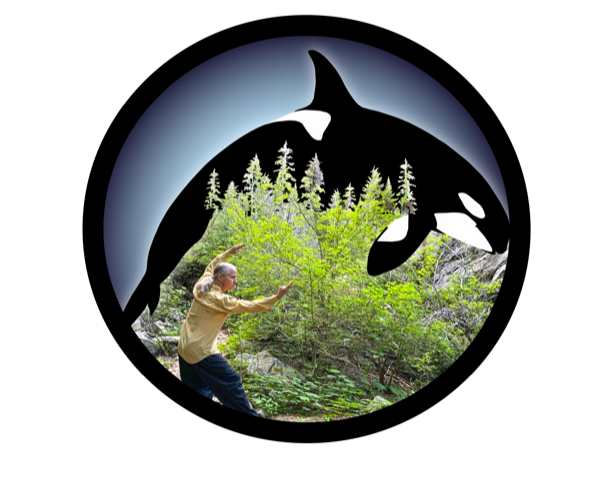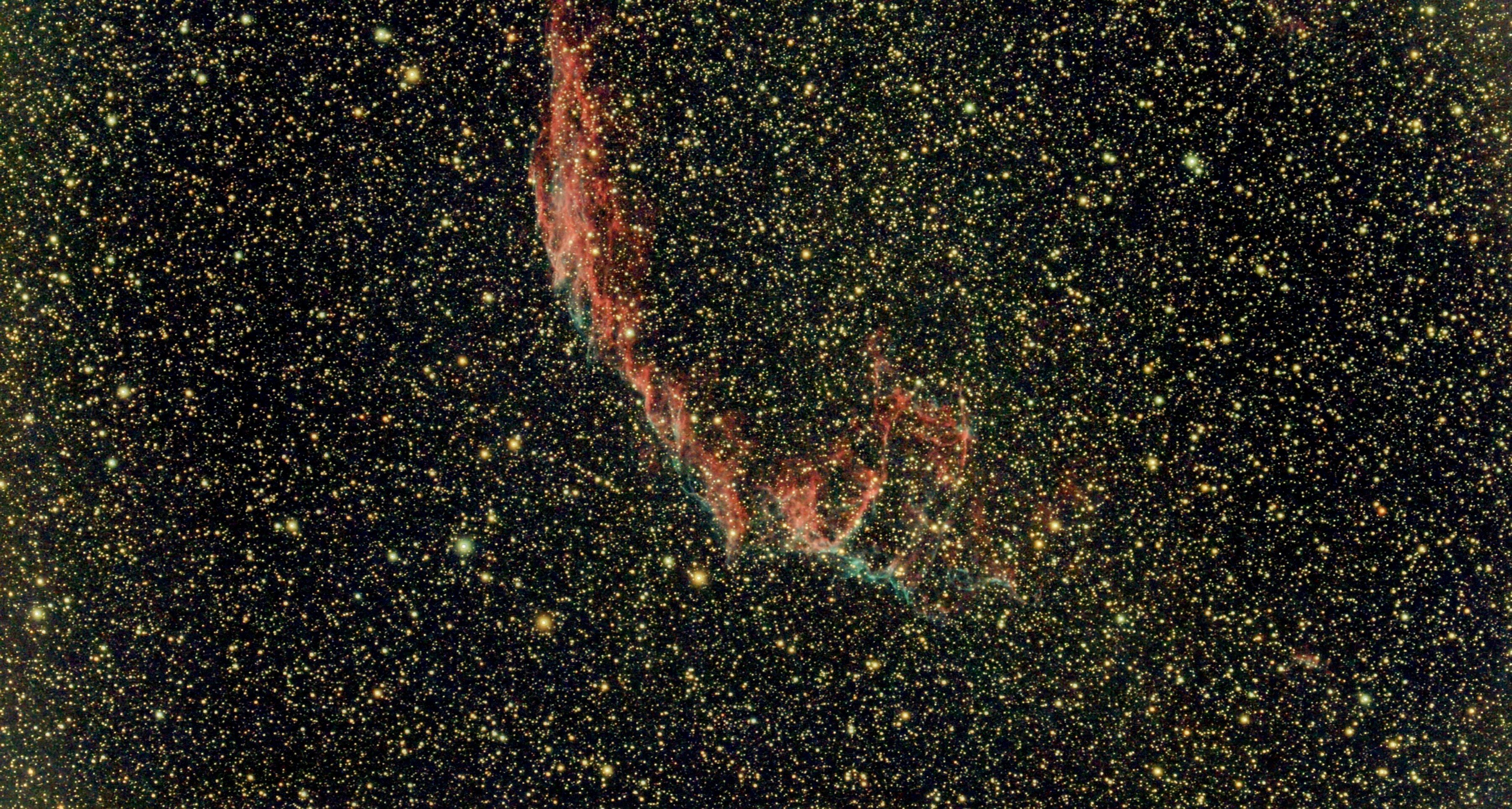Southern staples like magnolia trees and camellias may now be able to grow without frost damage in once-frigid Boston.
The U.S. Department of Agriculture’s ” plant hardiness zone map ” was updated Wednesday for the first time in a decade, and it shows the impact that climate change will have on gardens and yards across the country.
Climate shifts aren’t even — the Midwest warmed more than the Southeast, for example. But the map will give new guidance to growers about which flowers, vegetables and shrubs are most likely to thrive in a particular region.
One key figure on the map is the lowest likely winter temperature in a given region, which is important for determining which plants may survive the season. It’s calculated by averaging the lowest winter temperatures of the past 30 years.
I guess that’s one way to spin a bad thing.
The Map: https://planthardiness.ars.usda.gov/
Puerto Rico about to find out what a zone 14 is.
Nasty new bugs.
I’ve lived in my area in zone 7b since 2002 (old scale). That’s single digits ~ half of years.
It hasn’t gotten that cold since I’ve moved here.
If anyone of a sufficient age denies climate change, I think they’re delusional.
This is not something that can only be determined through sensitive statistics. It’s affecting our day to day lives.
Pretty soon will be growing oranges in Maine.
Moved from ~5b to ~6a. No surprise. The limit now is the reduced daylight hours for good growing during the fall/winter.







